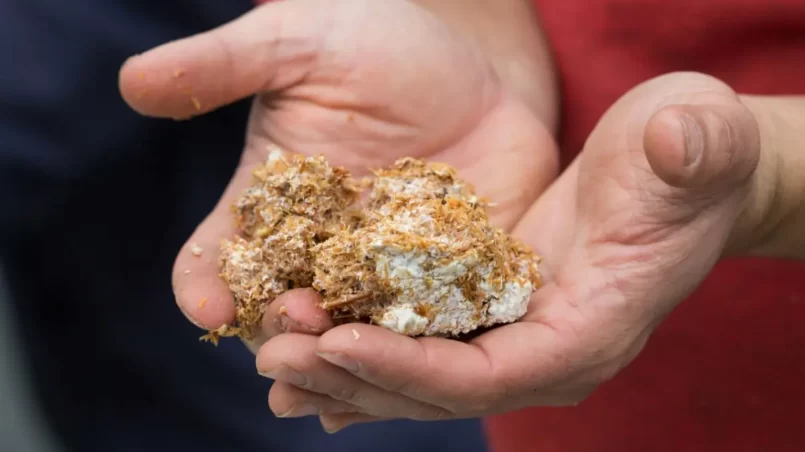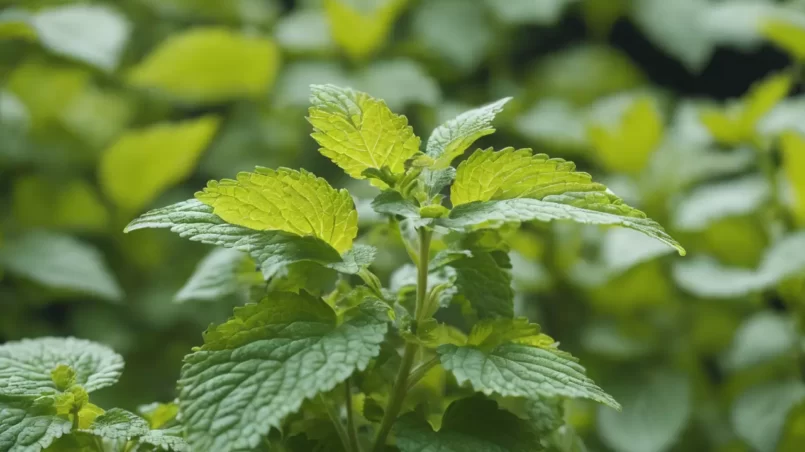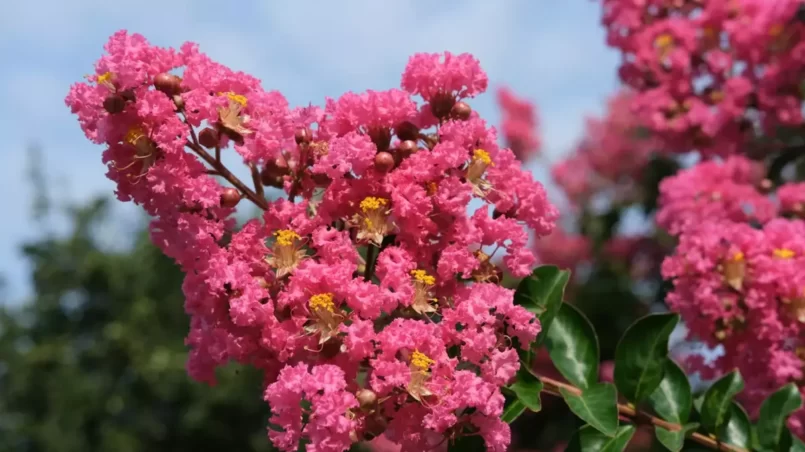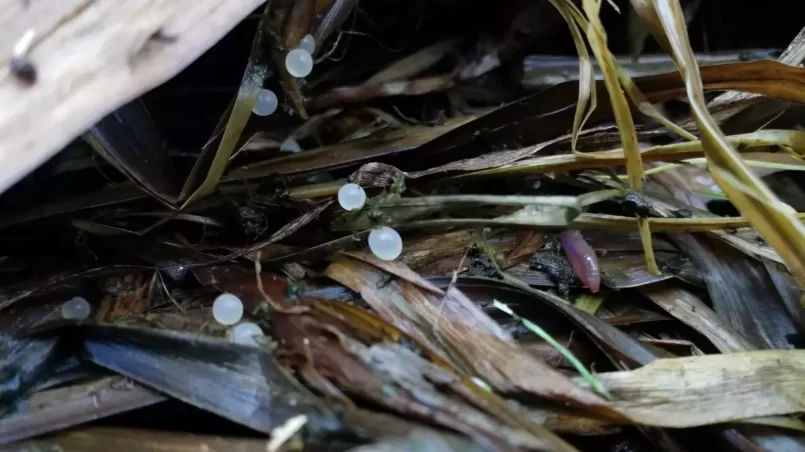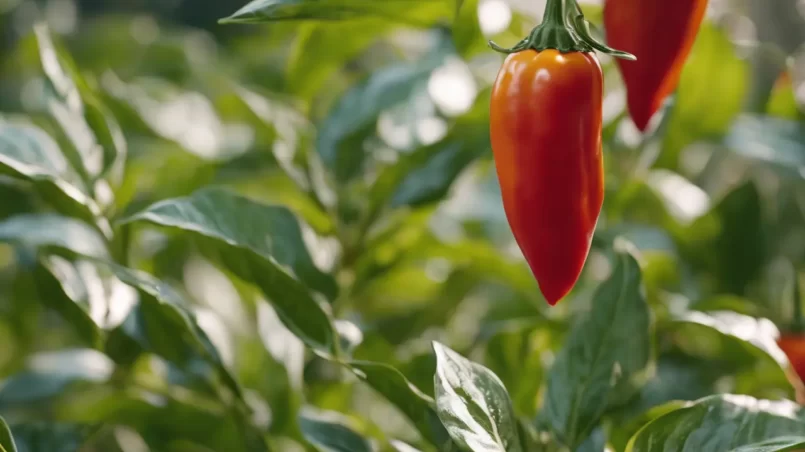Mushroom cultivation is a rewarding venture that begins with the creation of a suitable substrate. The substrate serves as the nourishing bed where mushrooms grow, akin to soil for plants. Different types of mushrooms require specific substrates for optimal growth, and understanding these needs is crucial. This guide will provide a comprehensive overview of how to make a mushroom substrate, tailored to support the growth of various mushroom species. Substrate Components A variety of...
Category - Gardening
Lemon balm, a perennial herb in the mint family, is renowned for its citrus-scented leaves and a multitude of uses ranging from culinary to medicinal. It is prized for its calming properties, aiding in relaxation and digestion. Drying lemon balm is an excellent way to preserve its aromatic flavor and therapeutic qualities, making it accessible for use throughout the year. Harvesting Lemon Balm for Drying The key to preserving the best qualities of lemon balm lies in proper harvesting. The...
Crepe myrtles are a favorite among gardeners for their beautiful blooms and ease of maintenance, but when it comes to maintaining a garden, understanding the local wildlife, particularly deer, is crucial. Deer are known for their voracious appetites and can be a concern for gardeners. This article explores the relationship between deer and crepe myrtles, aiming to provide insight into how these plants fare in areas with deer populations. Crepe Myrtle Overview Crepe myrtles, scientifically...
Slugs are a familiar sight in gardens around the world, often regarded as pests due to their tendency to feed on a variety of plants. An understanding of their reproductive habits, particularly whether slugs lay eggs, is essential for effective garden management. This article delves into the fascinating world of slug biology, shedding light on their reproductive cycle and the implications for gardeners. Basic Biology of Slugs Slugs are gastropod mollusks, closely related to snails but...
Pepper plants, belonging to the Capsicum genus, are a diverse group of plants that play a crucial role in both culinary and gardening spheres. A fundamental aspect of understanding their cultivation is the concept of self-pollination. This article delves into whether pepper plants are self-pollinating, the process involved, and its implications for gardeners and farmers. Pepper Plant Biology The anatomy of pepper plants, particularly their flowers, is key to understanding their...
Pepper plants are a popular choice for home gardens, valued for their flavorful fruits and relatively easy care. However, gardeners often encounter challenges with pepper plants that fail to grow as expected. Understanding the factors that affect the growth of pepper plants is crucial in diagnosing and resolving these issues. Pepper Plant Growth Requirements Pepper plants thrive under specific conditions, and any deviation from these can significantly impact their growth. They require...

